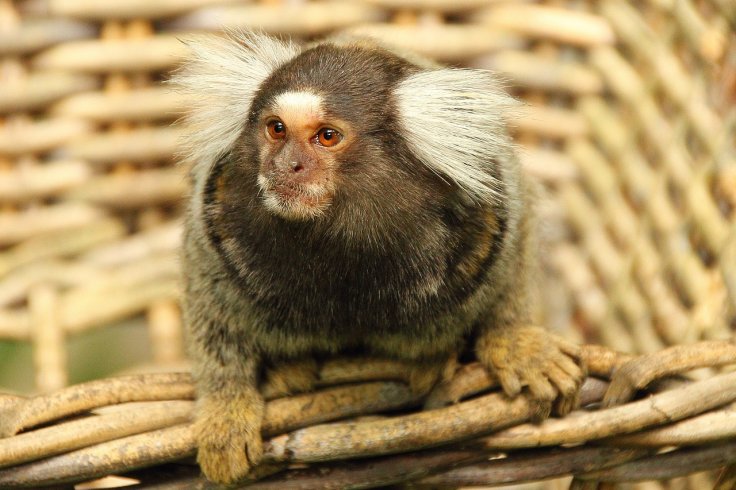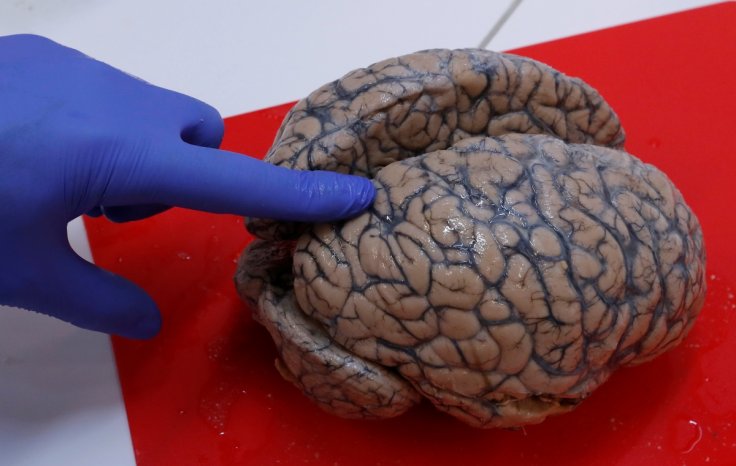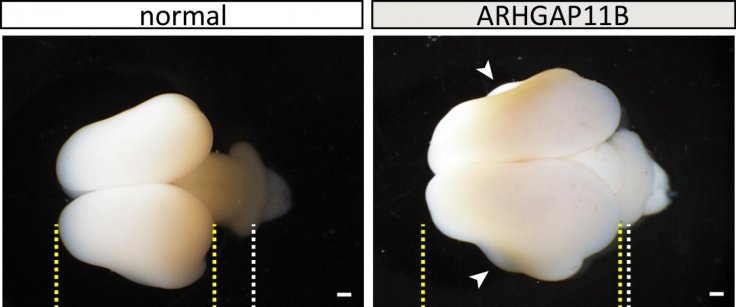In a real-life scenario reminiscent of the plot of Planet of the Apes, an international team of researchers has managed to make the brain of monkeys larger and more human-like by introducing a crucial human-specific gene into them. Scientists at the Max Planck Institute of Molecular Cell Biology and Genetics (MPI-CBG), Central Institute for Experimental Animals (CIEA and the Keio University, achieved this feat by employing genetic engineering.
The researchers spliced the gene known as ARHGAP11B—which directs the human brain stem cells to produce more stem cells; a requirement for a larger brain—into Common Marmosets, a species of New World Monkey. This led to marmoset fetuses having larger neocortexes, an area of the brain associated with higher brain functions such as cognition, language, and reasoning among others.
The Unique Human Brain

The human neocortex is the youngest part of the cerebral cortex from an evolutionary perspective. It is approximately three times larger than that of Chimpanzees—often considered our closest relatives—and acquired an increasing number of wrinkles during the course of evolution to be accommodated within the compact space of the skull.
ARHGAP11B, which is believed to be human-specific, is a result of a partial duplication of a predominant gene known as ARHGAP11A, around five million years ago. This was along with the evolutionary ancestry that led to the arising of Neanderthals, Denisovans, and modern-day humans after the lineage branched away from the common ancestor that led to the chimpanzee.
What Led to the Evolution of the Human Brain?
So an important question begs to be asked—How did the human brain and neocortex become so big, and does ARHGAP11B have anything to do with it? Studies have shown that the gene may indeed have a significant role in this. In a study lead by corresponding author Wieland Huttner in 2015, it was found that under the effect of ARHGAP11B, mouse embryos generated an increased number of neural progenitor cells and their generally unfolded neocortex underwent folding. This led the study to posit that the gene played a vital role in the expansion of the human neocortex.

Leading another follow-up study in 2016, Huttner learnt that the ARHGAP11B protein contains a sequence of 47 amino acids that is specific to humans and not found in parental ARHGAP11A protein from which it arose. These were essential for the gene's ability to produce more brain stem cells, and it was probable that these 47 amino acids made the difference in functional criticality.
The study suggested that the change in the protein sequence occurred much later after the gene appeared 5 million years ago—somewhere between 1.5 million to 500,000 years ago. While such mutations are not rare in the evolutionary cycle, the researchers proposed that in the case of ARHGAP11B, it may have directly influenced human evolution by enabling the growth of a larger brain.
Making Marmoset Brains More Human-Like

In order to investigate whether the human-specific ARHGAP11B can trigger the growth of an enlarged neocortex in non-human primates, the authors turned to common marmosets who do not possess the human-specific ARHGAP11B gene. The authors developed transgenic (genetically altered with foreign genes) common marmosets that could express ARHGAP11B in their developing neocortex. Next, the brains of 101-day-old common marmoset fetuses (around 50 days before their potential birth date) were examined.

As expected, the neocortexes of common marmoset brains were indeed enlarged and the surface of the brain was folded. The cortical plate, the embryonic precursor to the cerebral cortex, was also found to be thicker than usual. "Furthermore, we could see increased numbers of basal radial glia progenitors in the outer subventricular zone and increased numbers of upper-layer neurons, the neuron type that increases in primate evolution," said Michael Heide, corresponding author of the study.
Therefore, the findings led the authors to conclude that ARHGAP11B may have in fact led to the expansion of the neocortex during the course of human evolution. However, the experiment does raise ethical considerations. Huttner addressed it: "In light of potential unforeseeable consequences with regard to postnatal brain function, we considered it a prerequisite - and mandatory from an ethical point of view - to first determine the effects of ARHGAP11B on the development of fetal marmoset neocortex."









